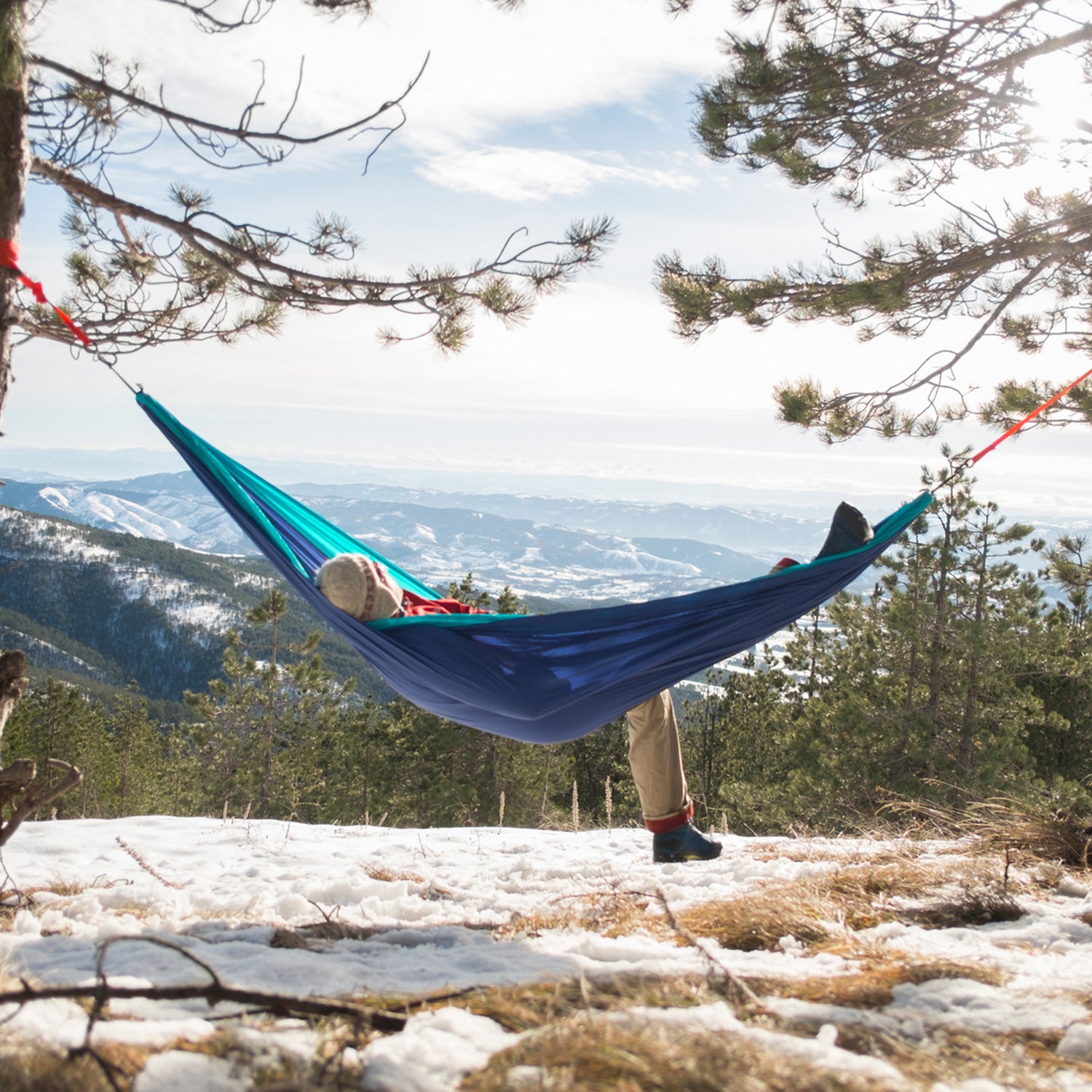One of the hallmarks of truly elite athletes, and of high-performing people in general, is task discipline: you know what you need to do, so you do it. You run 100-mile weeks, project a hard climbing route for months, or work on your crossover with ankle weights strapped to your wrist for six hours a day. That’s the hard stuff. In comparison, you’d think that the routine challenges of daily life—eating and sleeping, for example—would be easy.
But that’s not necessarily the case, as a recent study of athlete sleep habits illustrates. The study is from a research team led by Charli Sargent of Central Queensland University, published in the International Journal of Sports Physiology and Performance (free to read here). The researchers surveyed the sleep habits of 175 athletes from 12 different Australian national teams, and monitored their actual sleep with a wrist band for a couple of weeks. The main conclusion is that a startling number of these athletes, who are presumably performing herculean feats in their training, are falling way short of their sleep goals.
Before diving into the study, it’s worth acknowledging that the links between sleep and athletic performance are more complicated than you might assume. Getting lots of sleep sounds like a guaranteed performance enhancer, and up to a point it almost certainly is. But the research in the area is surprisingly thin, and claims like the supposed link between lack of sleep and sports injuries look much weaker when you scrutinize them. As Charles Samuels, a sleep scientist with the Canadian Olympic team, told me a few years ago, getting enough sleep seems to be important, but more isn’t necessarily better.
The tricky part is defining enough. Even for the general population, that question can be controversial; for athletes, there’s even less data to base decisions on. Sargent and her colleagues sidestep that question by asking their subjects a simple question: “How many hours of sleep do you need to feel rested?” It’s purely subjective and individual. The answer, on average, was 8.3 hours, with no difference between men and women. The differences between sports were also very minor: pretty much all of them clustered around that average of 8.3. (There were a few outliers, like alpine skiing at 6.0 hours and diving at 6.5 hours, but they were each based on just one athlete in the sample, compared to 43 Australian Rules footballers, 29 rugby players, 20 soccer players, 17 triathletes, and so on.)
The advantage of this approach is that we can assess how well the athletes are living up to their own personal goals. That alpine skier and the diver may think that the National Sleep Foundation’s recommendation of seven to nine hours for young adults is hogwash, so their decision to ignore it is perfectly reasonable. But if they’re falling short of their own goals, that’s different.
Sure enough, most of the athletes were nowhere near what they needed to feel rested. On average, they got 6.7 hours of sleep per night, a total deficit of 96 minutes compared to their supposed need. Only three percent of them hit their goal. A common definition of insufficient sleep is if you’re more than an hour short of your self-assessed sleep need; in this study, 71 percent of the athletes met that definition. In comparison, just 20 percent of ordinary adults got insufficient sleep in a study of more than 12,000 people in Finland.
The authors dig deep into the data looking for patterns. Team sport athletes, it turns out, get 6.9 hours of sleep compared to just 6.4 hours for individual sports, despite having roughly the same sleep need. This is consistent with previous data, though it runs counter to my image of hard-partying rugby players and studious triathletes. Indeed, the two sports with the lowest sleep numbers were triathlon and swimming—both sports that often feature early-morning practices. Those two sports also woke the earliest, close to 6 A.M. Basketball players got the most sleep, because they slept until almost 8 A.M. Overall, the average time to fall asleep was 11:24 P.M., with relatively minor differences among sports; average wake-up time was 7:18 A.M.
There’s one big caveat about this data: it doesn’t include naps. The authors argue, based on previous studies, that “the frequency of daytime napping in athletes is typically low and unlikely to substantially increase total sleep duration.” That may be true overall, but I can’t help wondering whether napping might be more common among certain specific sports—like those with 6 A.M. practices.
Strangely, what this study made me think of was the Shelby Houlihan doping case. Houlihan’s defense revolved around the consumption of a burrito from a food truck—an idea that some observers found implausible. After all, she’s a professional athlete, right? Surely every morsel of food she eats is weighed and hyper-optimized to deliver maximum performance, not purchased willy-nilly on the street. Well, not quite.
Leaving aside the actual claims and counterclaims about doping (and the nutritional merits of burritos, which I happen to think can be a pretty good part of a healthy diet), it’s clear that the best athletes in the world sometimes eat at food trucks, and have as much trouble as the rest of us in getting to bed as early as they know they should. Maybe this means that we should all relax a little and not sweat the small stuff; maybe it means that even when we’re laser-focused on achieving hard goals, there’s always room to make some improvements. Or maybe it’s both.
For more Sweat Science, join me on Twitter and Facebook, sign up for the email newsletter, and check out my bookEndure: Mind, Body, and the Curiously Elastic Limits of Human Performance.

